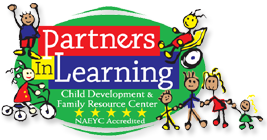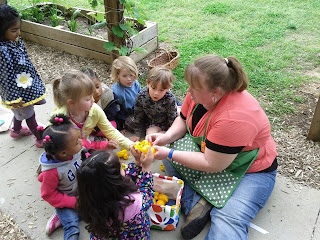Pets, whether furry or slimy, are great for children in many areas of their development.
1) They teach responsibility. Getting your child on a schedule for taking care of their pet makes them feel responsible for another living thing and will make them appreciate Mommy and Daddy even more.
2) A lifelong companion. Your child will learn to love your pet. Whether your child makes friends easily or is less of a social butterfly, your pet will become their best friend.
3) Practice caregiving. Your child will learn how to take care of their pet and will soon begin taking care of baby dolls and engage in other imaginary play. They will learn parenting skills and baby care. Imagination encourages creativity and your child will be coming up with pretend activities, such as a tea party.
4) Pets bring the entire family closer together. Your whole family will be happier and more bonded because of your pet.
5) Increase exercise and practice gross motor skills. Whether your child is learning to walk or is already a little leaguer, your pet will enjoy daily exercise with them.
6) Stress relief. Believe it or not, touching and playing with a pet relieves stress, which we all could use a little bit of on a daily basis. Children benefit from stress relief as well.
7) Children with special needs especially benefit from pets because they create a sense of calm and teach a child to regulate stress and emotions.
 |
| My puppy, Olli, loves children |
Katie Zink, Infant-Toddler Family Specialist




































